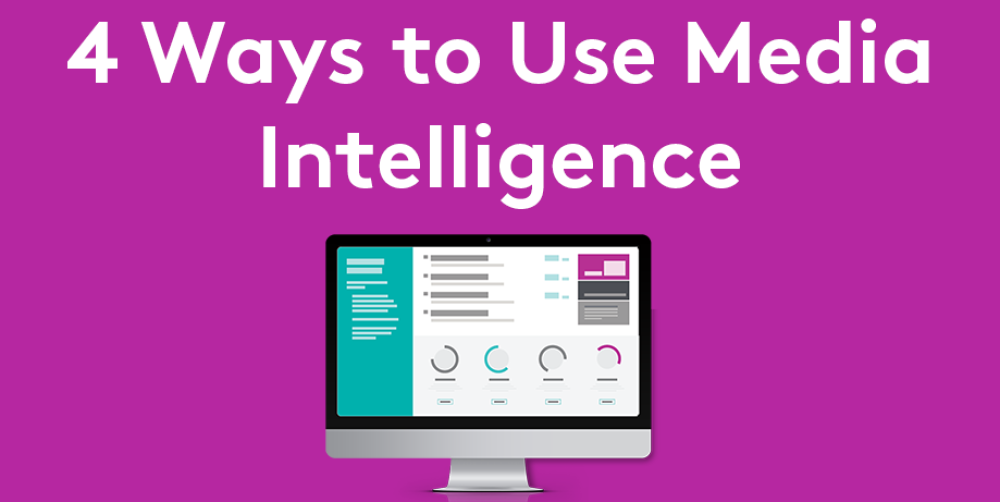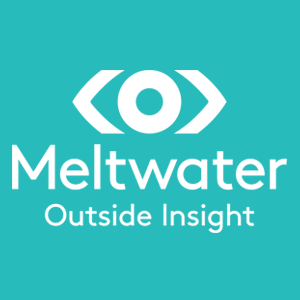4 ways to use media monitoring
03 Jan 2018

Competitive analysis
One way we can use media monitoring is by benchmarking ourselves against our competitors. As well as understanding the tonality, trending themes, and media mention spikes around our own brand, we should be looking outside of our brand too. Looking at developing trends in our industry and comparing our performance to our competitors, can help to identify potential threats and opportunities. Has a competitor had a brand crisis? Insights found through media intelligence help us to consider how can we ensure the same doesn’t happen to us.
We can also target our comms to win over new business. Earlier in 2017, United Airlines staff dragged a customer off their plane. This caused a storm on social media. Other airlines were quick to react by promoting how friendly their own airlines were and highlighting policy around not dragging people off planes. It’s best practice not to slate your competitors, but we can respond to competitor slips by targeting our comms at those affected.

Metrics to use when benchmarking your brand against competitors:
Share of voice: What percentage of the conversation are you mentioned in comparison to competitors?

Sentiment: How positively or negatively are you discussed compared to your competitors?
Media Exposure: How has media exposure around each brand increased or decreased over time?
Trending Themes: What are the most frequently occurring keywords associated with each brand?
Negative trending themes: What are the most common complaints that our competitors are receiving?
Lead Gen
It’s easy to find potential business opportunities with media intelligence. One way we can do it is to look for those discussing the type of product or service we offer. Meltwater’s boolean search allows users to create very specific searches, for example we could search for different combinations of ‘Can anyone recommend a plumber’ set up. We can then reach out to these people over social media to see if they’re interested in our services.
Another method of media monitoring for lead gen is by looking for people who are discussing competitors. Those asking for recommendations or discussing our competitors are the best people to target as we know they have a need we can fill.Alternatively, you can use media monitoring to research potential customers. Our clients H+K strategies use Meltwater to research clients they’re pitching to.
“I’ll look at their online media coverage over a 6-12 month period and analyse what media they’ve been featured in, the tone of conversations, whether they’ve had any big spikes around launches or crises and then do the same around their key competitors.” – Roxana Tintea, Planning & Insights Manager at Hill + Knowlton Strategies.
This helps them to personalise their pitch, as well as ensure they know as much about their future clients.
Customer Experience
Customer experience has been discussed a huge amount in 2017. It’s not always about bringing on new business, we need to ensure we retain the customers we have too.
Meltwater’s Executive Alerts tool uses artificial intelligence, to detect anomalies across data types such as social media, advertising spend, search engine marketing. The anomalies can alert us to important changes outside of our company.
A football stadium, for example, can track the social coverage within the geo-location of the match- even if the fans fail to mention the stadium or club name. The fans just need to be located within the geo-fenced area set. So, if a number of people within the geo-location complain that the line is too long for the hotdog stand, we’ll be alerted. This feature means we can quickly resolve a customer complaint before more people are affected by it and reduce the chances of negative stories surrounding our brand.

We should also use social media monitoring to quickly react to the online discussion. We shouldn’t just rely on users ‘@ mentioning’ us as they often won’t and we could end up missing a question or complaint. People talking about us are just as interesting as people talking to us.
PR Analysis
Many users of media monitoring tools only apply them at the most basic level- to discover PR hits. This, of course, is great, however, we can also look at PR hits in more detail by looking at the impact a PR hit has had on our website traffic or social media coverage.
Meltwater’s latest Google Analytics integration allows users to analyse the effect particular PR hits have had on website traffic. The widget displays the sessions and referred sessions to a selected website against the media exposure for a Meltwater news or social search. Exploring referral traffic is handy for those wanting to understand which outlets (e.g. press releases, blog posts, particular landing pages, social channels etc.) are driving the most traffic from earned coverage. We can then use the data to tweak our content strategy based on the insights. For example, we may choose to produce further content on the topic that’s landed website hits. We may also target future content to the publications that are landing the most website traffic.

Additionally, we should analyse trending themes, sentiment, social shares and social media mentions to get the full picture of how people have responded to our content.
Take a look at our free tool, Meltwater Impact to understand various important metrics.

PR metrics to use:
Sentiment: Understand how the story has been received in editorial and on social
Media Exposure: Understand the impact of the coverage based on volume pick up
Google analytics: Understand the impact of PR based on website traffic
Trending themes: Understand how the majority of people are reacting to the story
It’s time to get creative with tools! Hopefully these tips will provide you with some ideas on how to use media intelligence in different ways.

Please login to comment.
Comments